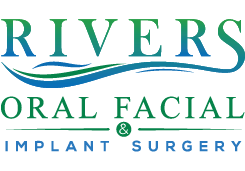In many cases, problems with the bite or the alignment of the teeth can be corrected using today’s advanced methods of dental and orthodontic treatment. Sometimes, however, skeletal and dental irregularities cannot be easily remedied even with the most up-to-date non-surgical techniques. That is when corrective jaw surgery (also called orthognathic surgery) may be recommended.
While it may sound like a complex and demanding treatment, jaw surgery is often performed as a routine in-office procedures, like extracting impacted wisdom teeth (molars that don’t fully protrude through the gums) or placing dental implants in the jaw. However, corrective jaw surgery can also be used to remedy severe orthodontic problems involving the relationship between the teeth and jaws, including the correction of underbites (the most frequent surgical correction) and congenital abnormalities (birth defects) related to jaw development. It can even help alleviate sleep apnea, a potentially life-threatening condition.

